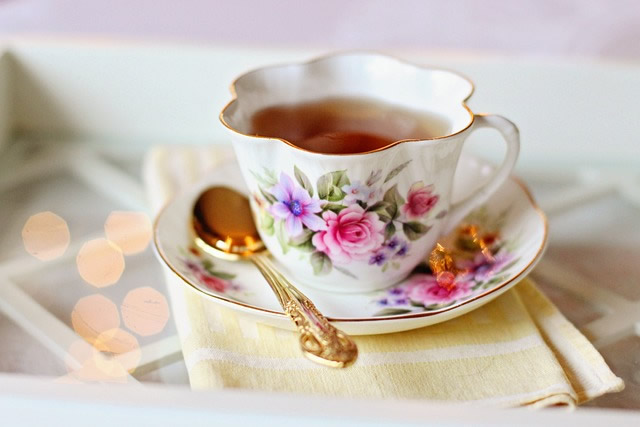先日から「How Britain’s taste for tea may have been a life saver -「英国の紅茶好みは、いかにして命を救ったか?」を読んでいます。

・「英国の紅茶好みは、いかにして命を救ったか?」(1)
・「英国の紅茶好みは、いかにして命を救ったか?」(2)
Antman developed a way to test it, using detailed geographical information about more than 400 parishes across England.
アントマンは、イングランド全土の400以上の小教区に関する詳細な地理情報を使って、それをテストする方法を開発した。
parish「教区、教会区、全教区民、地方行政区、地方行政区民」。
There is a simple assumption at the heart of her study:
彼女の研究の核心には単純な仮説があり
more water sources in an area likely means cleaner water.
その地域の水源が多ければ多いほど水がきれいになる可能性が高い、ということだ。
If one source was contaminated, the inhabitants of a parish could go to another.
もしある水源が汚染されていても、その教区の住民は別の水源に行くこともできる。
What’s more, if people were closer to the sources of rivers – something Antman infers from parishes’ elevation – that water was likely safer than in parishes further downstream.
更にはもし人々が川の源流に近ければ(アントマンは小教区の標高から推測している)、その水は下流の小教区よりも安全であった可能性が高い。
By assigning parishes an inferred level of water quality, Antman could see whether areas with worse water quality saw a bigger decline in mortality than those with good water.
教区に水質の推定レベルを割り当てることで、水質の悪い地域が水質の良い地域よりも死亡率が下がっているかどうかが分かる。
In terms of testing this hypothesis, the key date is 1785, the moment when tea suddenly became affordable for the vast majority of Britons.
この仮説を検証する上で重要なのは、紅茶が大多数のイギリス人にとって突然手の届く値段になった1785年である。
There were many things already to recommend tea as a drink of the masses:
お茶を大衆の飲み物として推奨できる点は、すでにたくさんあった、
you could make a satisfying brew with just a small amount of leaves, the leaves could be reused for multiple pots,
少量の葉で満足のいく紅茶を作ることができ、その葉は何度も再利用ができ、
and tea was potentially cheaper than beer, which was rendered expensive both by the complex process required to make it and by a tax on malt.
製造に必要な複雑な工程と麦芽税によって高価になっていたビールよりも安い可能性があった。
確かにお茶って経済的な飲み物ですよね。
茶葉のレベルは様々ありますが、例え安価な茶葉であってもお茶として充分楽しめるものです。
ビールと違って老若男女、誰でも飲めるという点でも、茶葉に軍配が上がるのは自然な成り行きだろうと思います。
理由は単純明快!「少ないコストでしっかり楽しく学べるから」。
私自身の経験(高機能でビックリ)をびっしり書いていますので、良かったら読んでみてください。
下のバナーからどうぞ!






